Getting started assessing proficiency
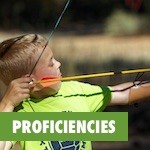 School systems in Vermont and elsewhere are in the midst of a shift to proficiency-based learning. At the early stages, this transformation can feel overwhelming even for educators, even if they’re excited by the idea.
School systems in Vermont and elsewhere are in the midst of a shift to proficiency-based learning. At the early stages, this transformation can feel overwhelming even for educators, even if they’re excited by the idea.
Where to start?
Start with scales for assessment.
What is proficiency-based learning?
My favorite definition of proficiency-based learning, currently, comes from CompetencyWorks (they call it “competency-based education,” but it’s the same thing):
“The term competency-based education, as defined by CompetencyWorks, refers to a systems model in which (1) teaching and learning are designed to ensure students are becoming proficient by advancing on demonstrated mastery and (2) schools are organized to provide timely and differentiated support to ensure equity. A competency-based structure enables personalized learning to provide flexibility and supports to ensure mastery of the highest standards possible. With clear and calibrated understanding of proficiency, learning can be tailored to each student’s strengths, needs, and interests and enable student voice and choice in what, how, when, and where they learn.” (emphasis mine)
Note that this is a systems-level change with implications for scheduling, staffing, reporting, promotion/retention, and even the entire age-driven grade-level system!
At the classroom level, though, the key lies in the bolded part of the definition.
How can we assess proficiency?
With learning scales.
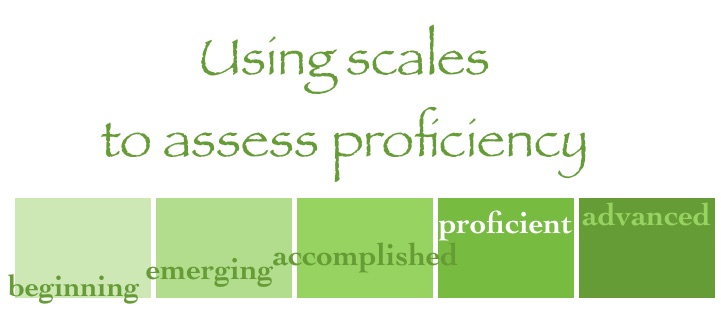
Clarity on the destination allows personalized learning and flexible pathways to flourish. Susan Hennessey’s recent blog post provides some great examples from Peoples Academy Middle Level in Morisville, Vermont, of using learning scales to support rich learning opportunities.
Learning scales promote clarity by supporting transparent learning progressions for students, structured feedback from teachers, and differentiated student-driven learning experiences.
Here are 4 ways teachers can start incorporating learning scales into their classroom:
1. Introduce students to the concept of learning scales
Learning scales are similar to rubrics but are written from a student’s perspective and focus on what they can do.
A way to get started with students is to introduce the concept of scales in a fun way. Here’s an example from Harwood Union Middle School in Duxbury, Vermont, where students were asked to create a scale related to something that they enjoy and are really good at.
If you look down at the bottom of the image, you can see where the student entered in their own personal definitions of what it means to be Beginning, Emerging, Proficient and Advanced with origami.
In addition to helping students see scales as learning progressions, this activity gets them reflecting on how they achieved mastery at something and how this process applies to school.
2. Use learning scales to plan
This entry point can look a lot like the backwards design process:
- Identify learning targets
- Create scales for the most important ones
- Consider how students will generate evidence of their learning
- Then plan units/lessons.
Another, bolder approach is to put the scales on the table as a concept and ask students to help you plan the unit. This would be similar to this negotiated curriculum unit at Shelburne Community School. Scales represent the teacher’s “non-negotiables” and then the meat of the unit is what gets negotiated with students.
One note of caution when starting with scales: beware the “mile wide inch deep” phenomenon. Start with a manageable number of powerful learning targets so that you can create rich learning opportunities with plenty of latitude for student voice and choice.
3. Add learning scales to an existing unit
Existing units are good entry points for teachers who have crafted strong curriculum over the course of many years. Learning scales can help structure student-centered practices.
Lori Morse, social studies teacher at Crossett Brook Middle School in Waterbury, Vermont, is revising her units one by one. She does so every year, but this year she is looking specifically at proficiencies and scales.
She has created the crosswalk, shown above, to analyze how her current units align with the proficiencies. Then she is selecting or adapting a few scales to use within each of those units.
This approach allows you to augment what has been successful in the past.
The challenge here is to make sure that you’re improving your practice and that the scales aren’t just window dressing.
Push yourself to ensure that the scales are improving the way you give feedback and increasing the extent to which students can make choices about their learning.
4. Differentiated practice opportunities
Learning scales allow the possibility of structured student self-assessment throughout the teaching process.
When you get to the point of a unit where students are ready to practice, learning scales provide a natural way to point students toward different activities based on their skill level.*
Here’s an example from Curtis Taylor, math teacher at Crossett Brook Middle School. At the end of a unit, students were given two days to access resources embedded in the learning scale in order to shore up their understandings before they took the summative performance assessment.
And here are two students talking about how they used the scale to self-assess and select their learning activities:

This is a great illustration how learning scales can help students understand what they are learning, see where they need to go next, and differentiate for themselves.
Getting started with using learning scales doesn’t have to be overwhelming, and if done thoughtfully with student voice and choice in mind, it will pay off immensely by empowering students.
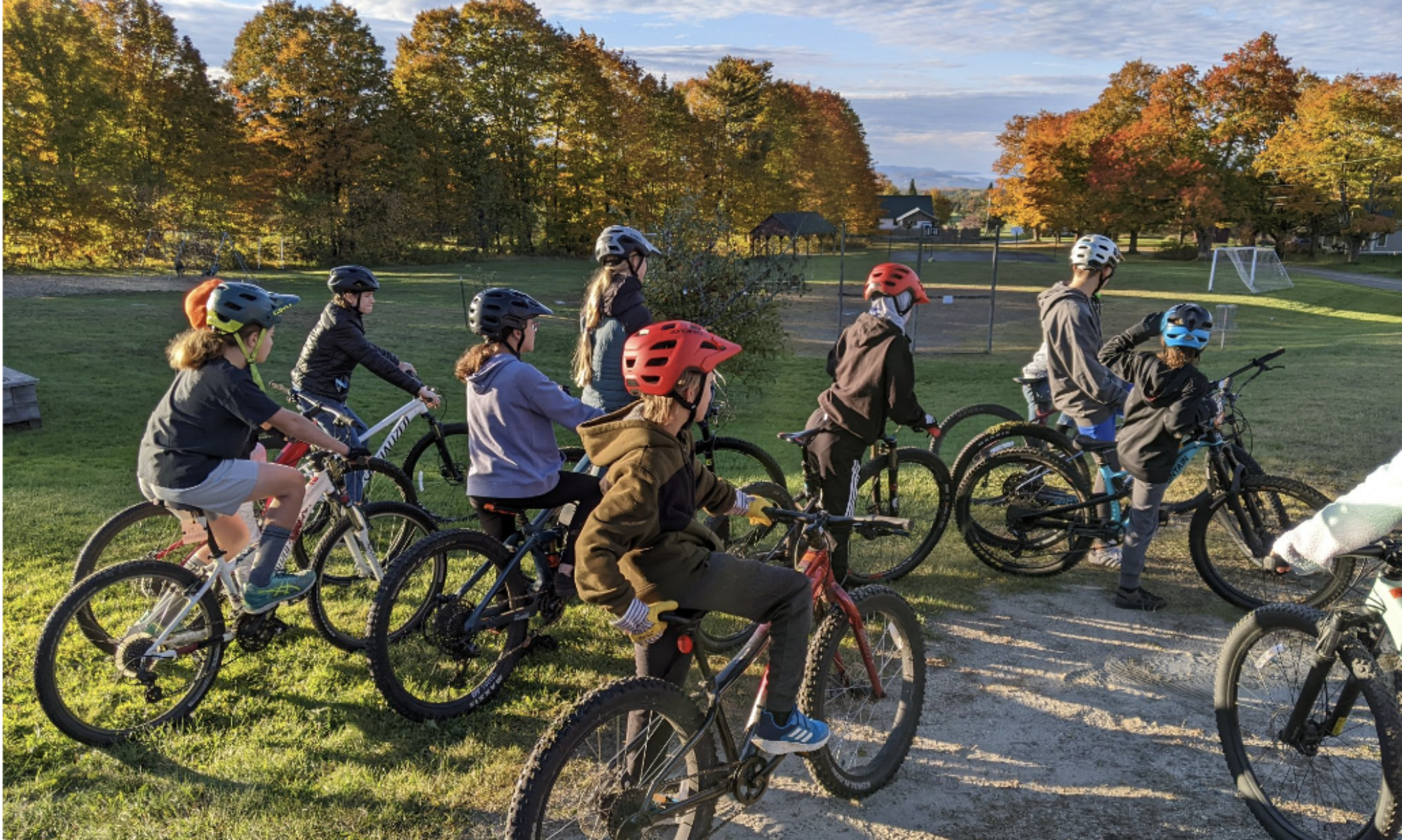

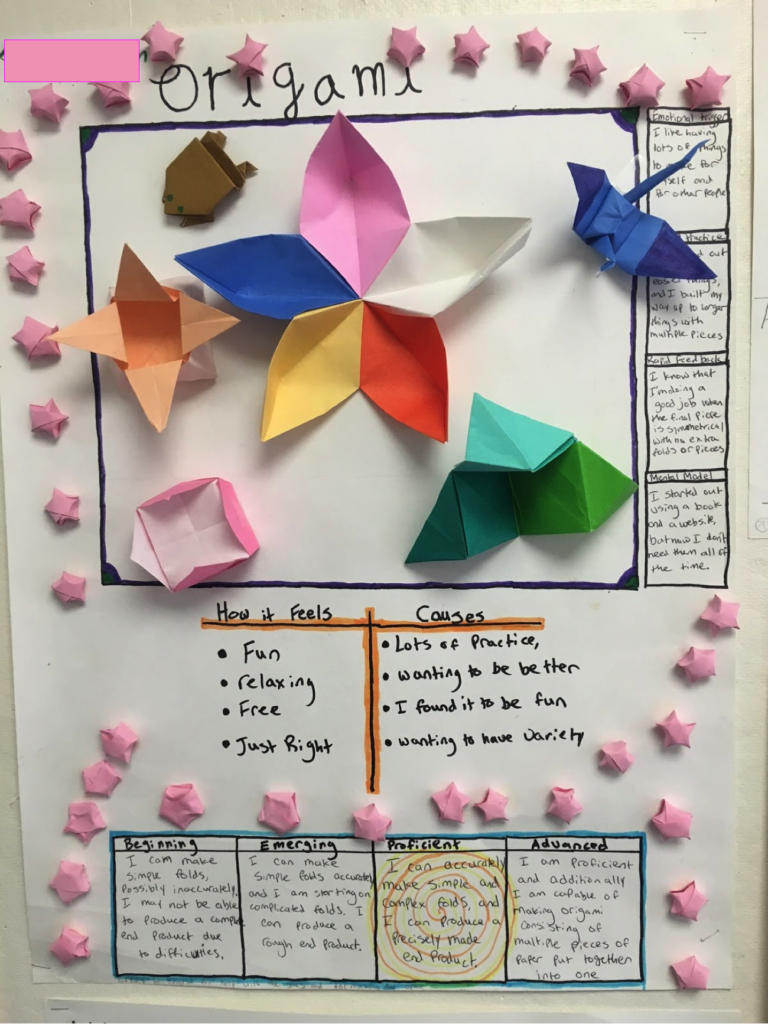
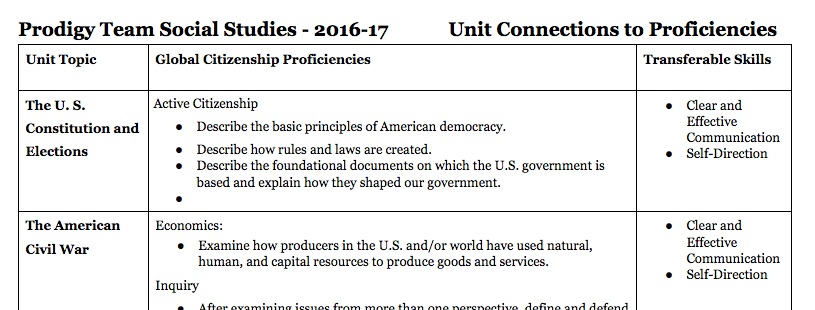

3 Replies to “4 ways to begin using scales for assessment”
Comments are closed.